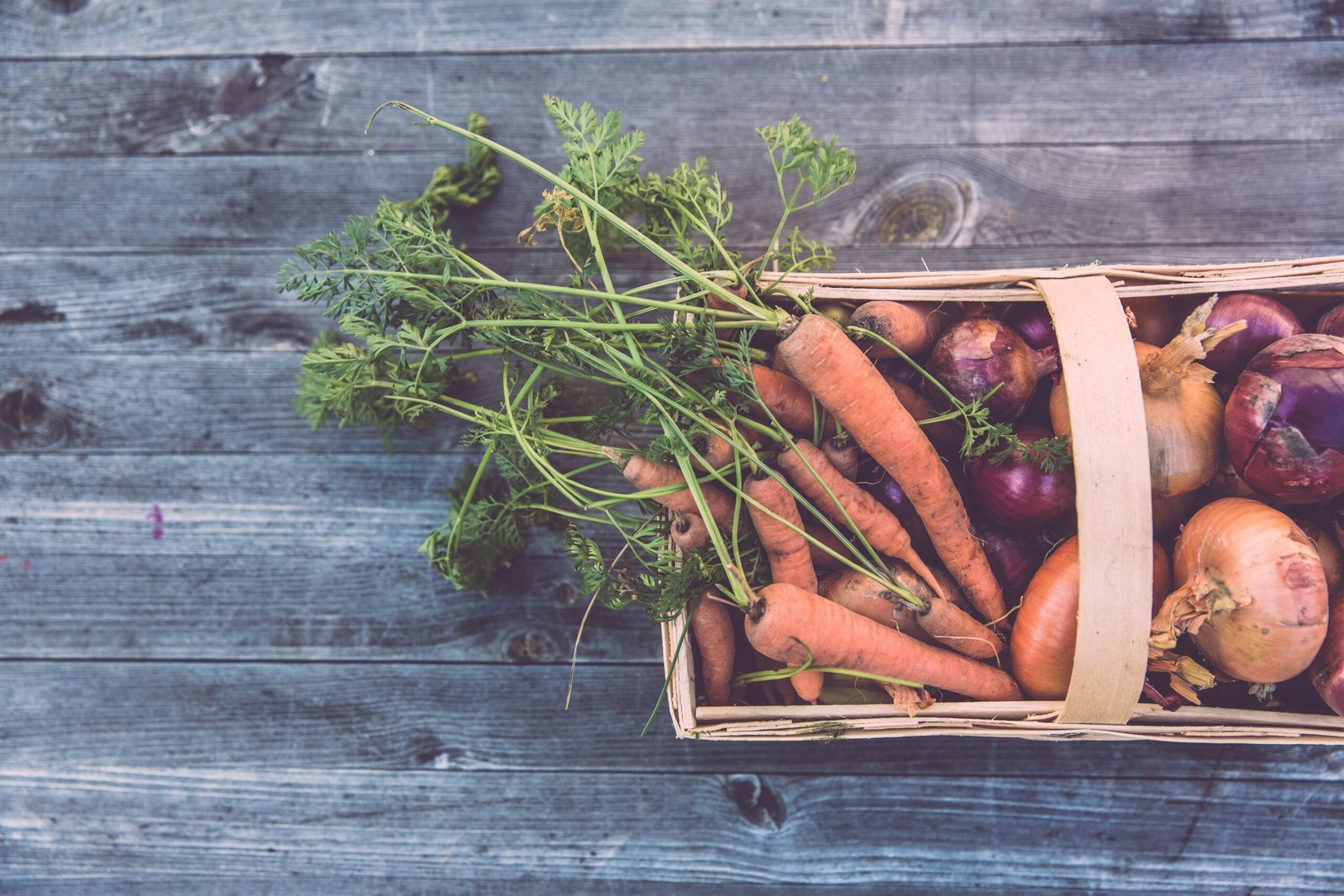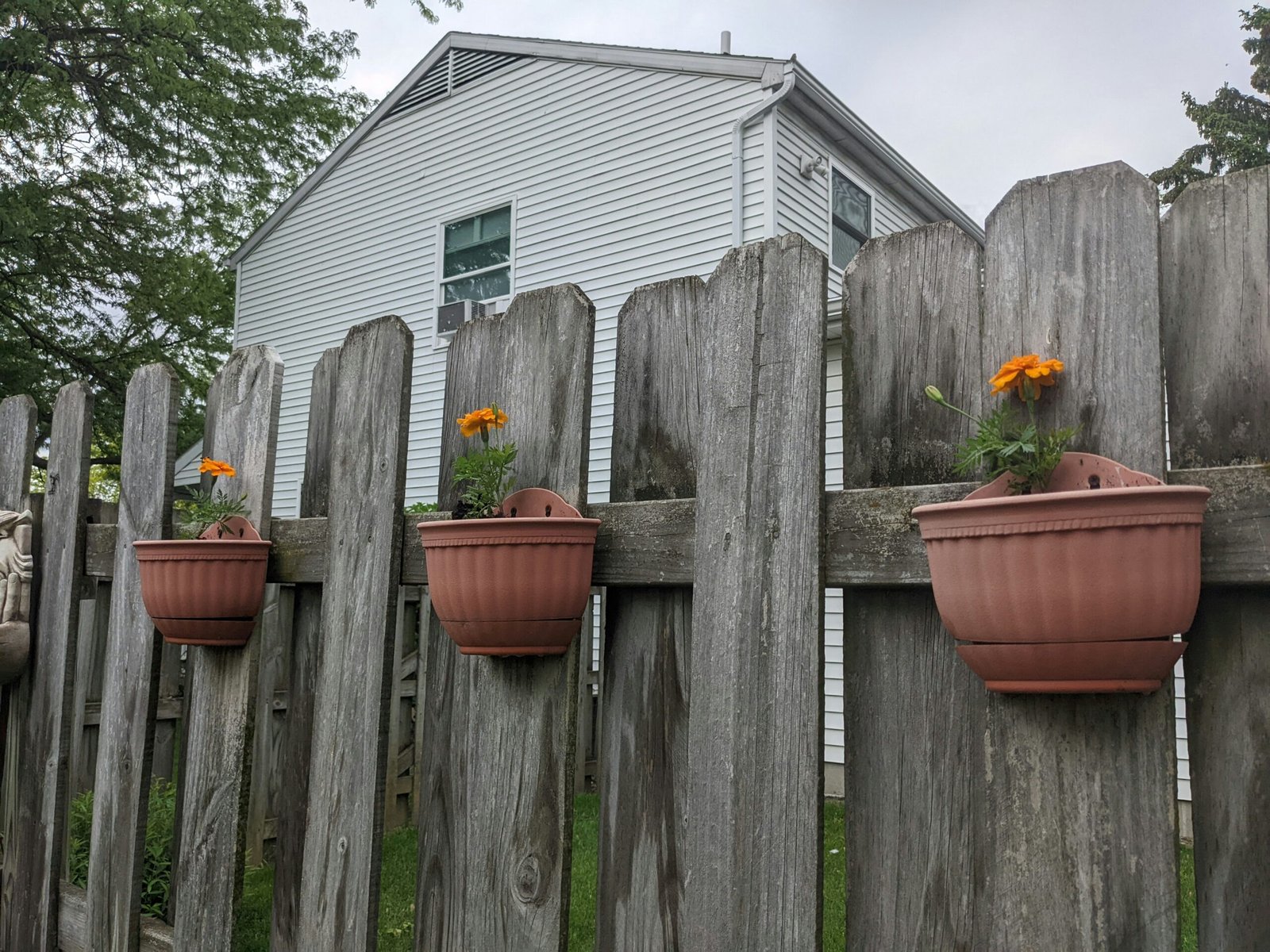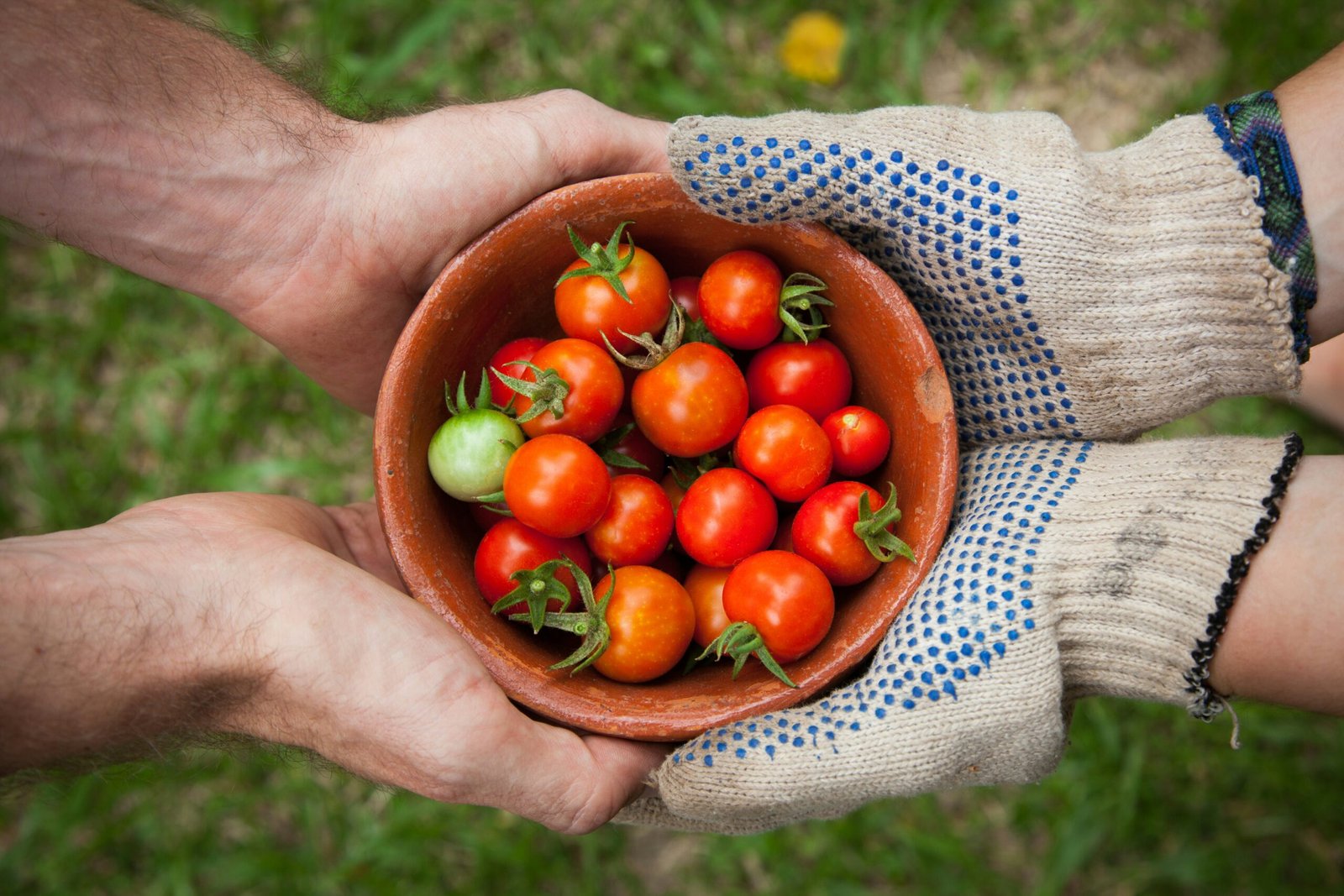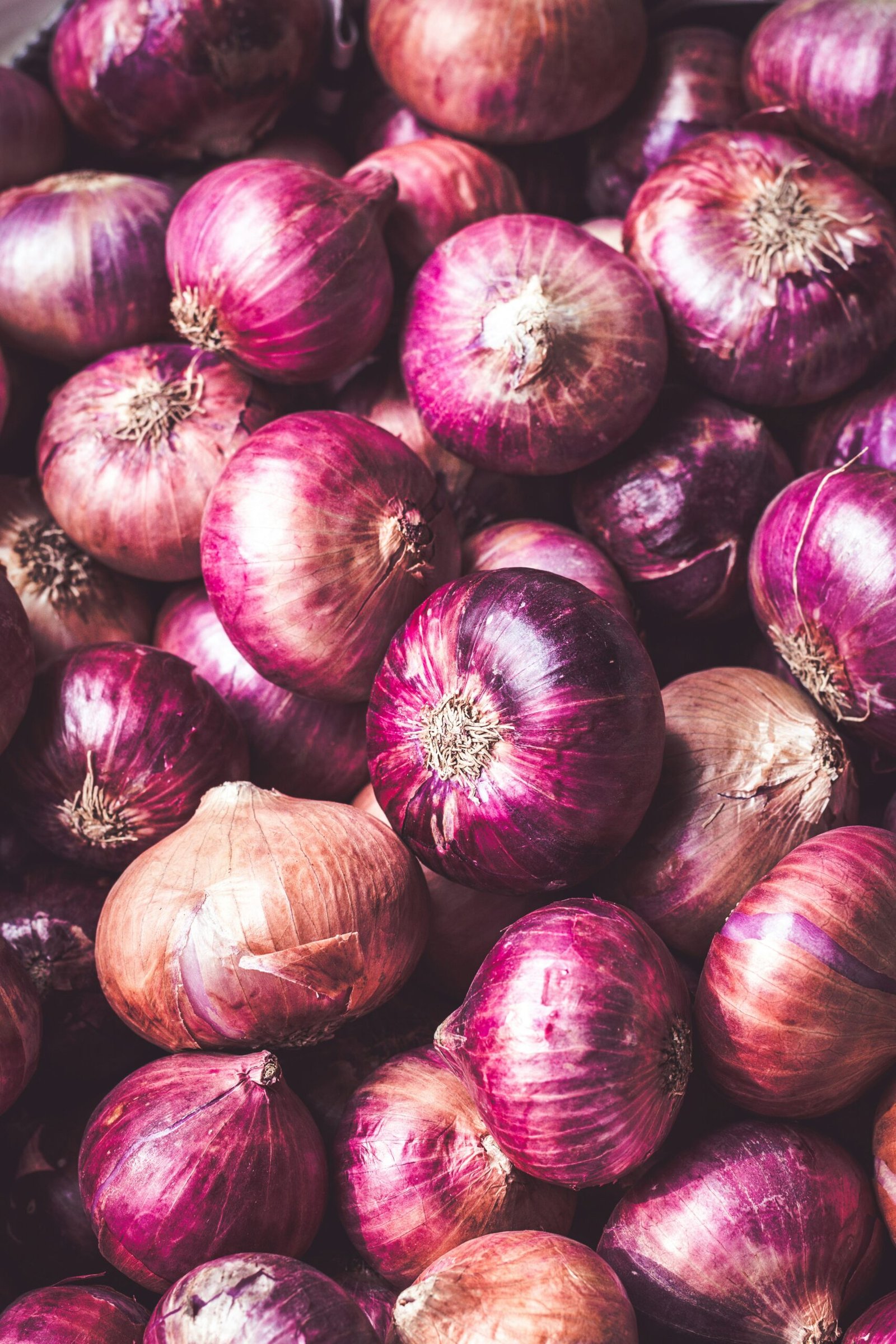Tips and Tricks for the Best Vegetable Garden Layout
Having a well-planned vegetable garden layout is essential for a successful and productive garden. Whether you are a seasoned gardener or a beginner, these tips and tricks will help you create the best vegetable garden layout for your space. Additionally, we will explore some recommendations you can incorporate into your affiliate program to enhance your gardening experience.
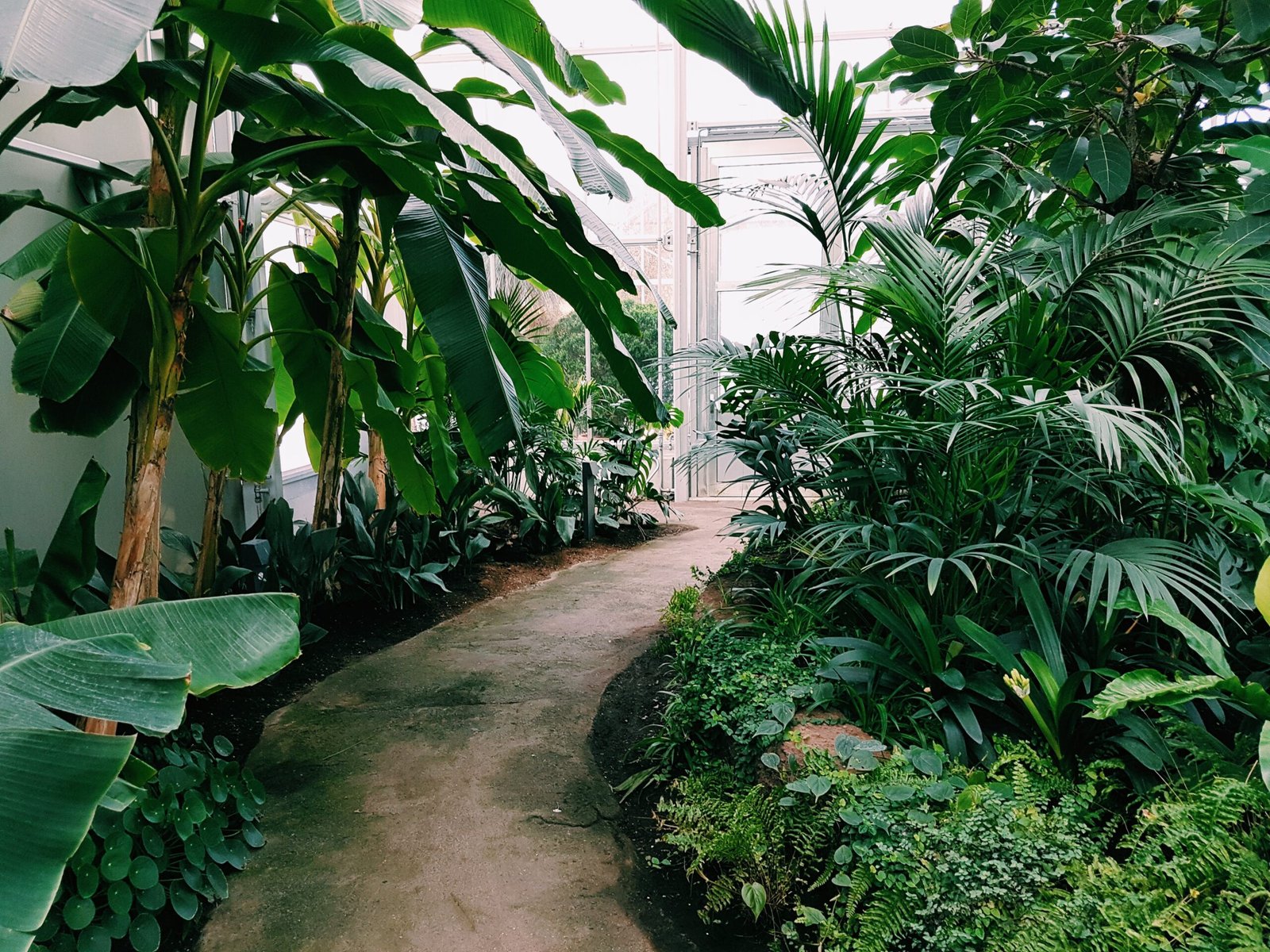
1. Assess Your Space
Before starting your vegetable garden layout, it’s important to assess the available space. Consider the size, shape, and orientation of your garden area. Take note of any existing structures, trees, or other plants that may affect sunlight and wind patterns.
2. Plan for Sunlight
Most vegetables require at least six hours of direct sunlight each day. Observe how the sun moves across your garden space throughout the day and plan accordingly. Place taller plants on the north side of your garden to prevent shading smaller plants.
3. Consider Companion Planting
Companion planting involves growing compatible plants together to benefit each other. For example, planting marigolds alongside tomatoes can help deter pests. Research companion planting combinations to maximize your garden’s health and productivity. Plus, explore exclusive companion planting essentials with our affiliate partner and enjoy a special discount using code ‘Vegtably10‘. Happy planting!
4. Group Plants by Watering Needs
When planning your vegetable garden layout, group plants with similar watering needs together. This makes it easier to water efficiently and avoid over or under-watering certain plants. Consider installing a drip irrigation system to ensure proper water distribution.
5. Utilize Vertical Space
If you have limited horizontal space, make use of vertical space by growing vining vegetables such as cucumbers, beans, or peas on trellises or fences. This not only saves space but also adds visual interest to your garden.
6. Rotate Crops
To prevent soil depletion and minimize pest and disease issues, practice crop rotation. Plan your vegetable garden layout in a way that allows you to rotate crops each year. This helps maintain soil fertility and breaks pest and disease cycles.
7. Incorporate Raised Beds
Raised beds offer several advantages for vegetable gardening. They provide better soil drainage, prevent soil compaction, and make it easier to control weeds. Consider incorporating raised beds into your vegetable garden layout for improved plant health and easier maintenance.
8. Create Pathways
Designate pathways in your vegetable garden layout to provide easy access for planting, maintenance, and harvest. These pathways can be made of gravel, mulch, or stepping stones. Ensure they are wide enough for comfortable movement and accommodate any garden tools or equipment.
Conclusion
Creating the best vegetable garden layout involves careful planning and consideration of various factors such as sunlight, companion planting, and efficient watering. By implementing these tips and tricks, you can maximize your garden’s productivity and create a thriving vegetable garden.
